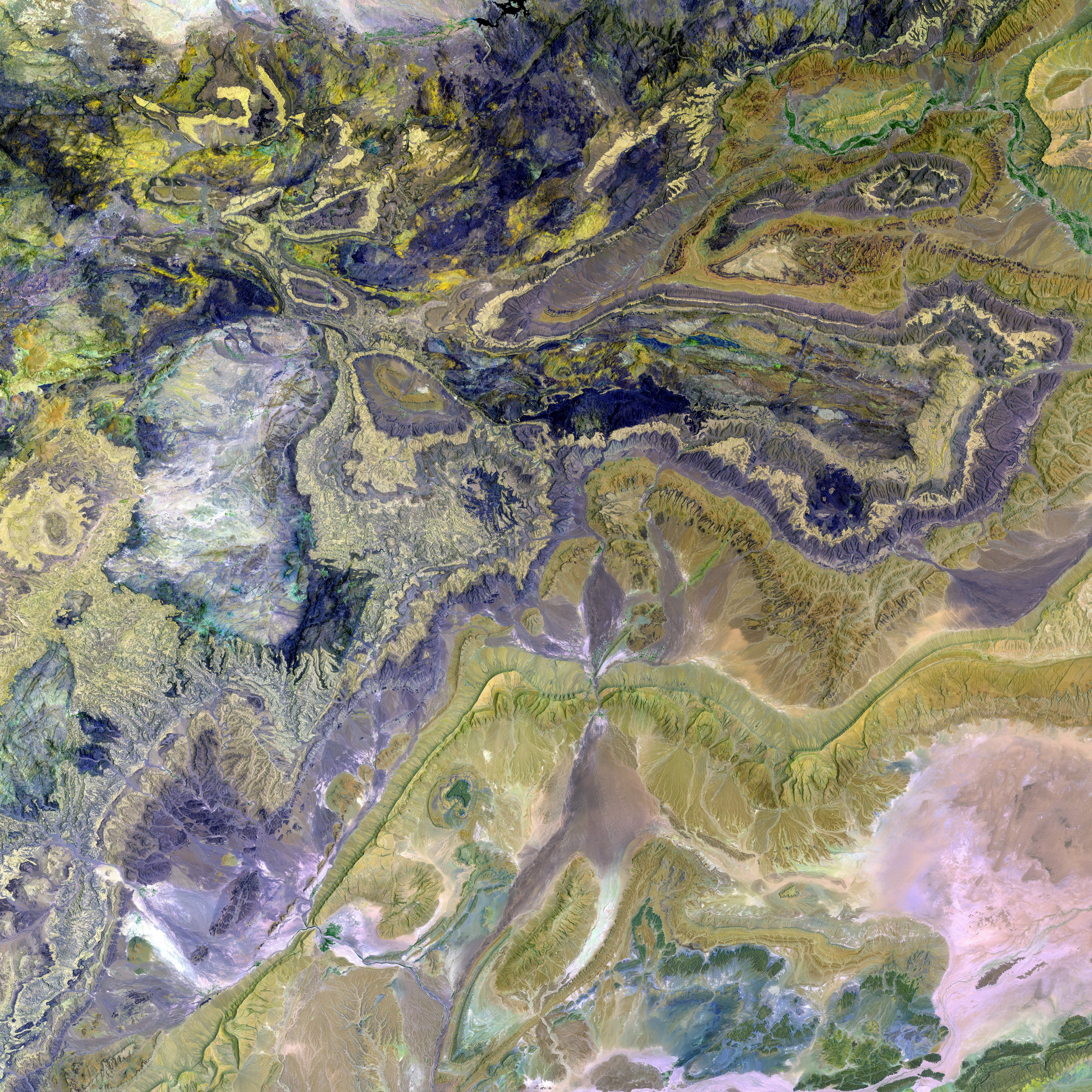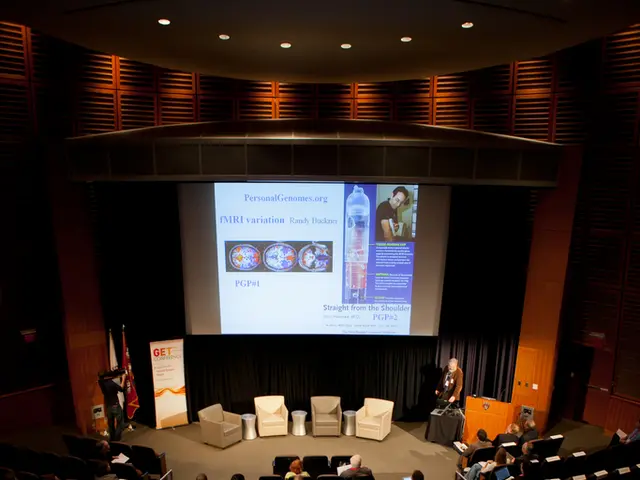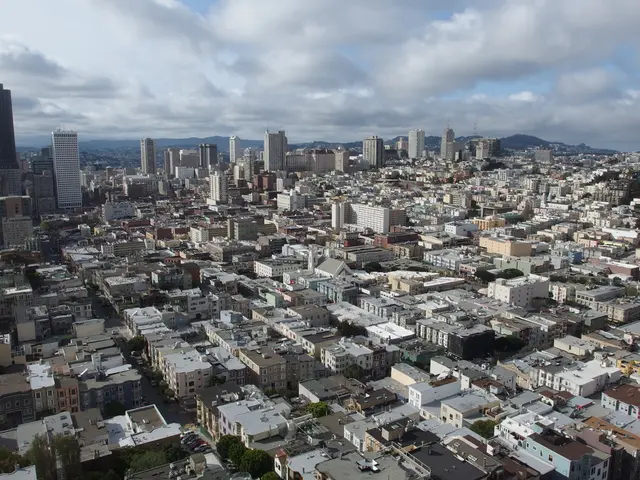Exploring the Historical and Processional Aspects of Boże Ciało in Poland: An In-Depth Study
Hey there! Let's talk about Poland's Boże Ciało (Corpus Christi) celebration, the feast day that holds immense significance in the country's deep-rooted Catholic culture. This grand event is a beautiful blend of faith, community spirit, and tradition, making it a centerpiece of Polish cultural heritage.
A brief history of Boże Ciało
Boże Ciało was first introduced in the 13th century, with Saint Juliana of Liège's visions leading to its establishment as a Catholic feast day by Pope Urban IV in 1264. It was later introduced in Poland in the 14th century and quickly became an essential religious holiday. Today, it's celebrated with widespread participation and heartfelt devotion, as well as pride for its cultural richness.
The essence of Boże Ciało in Polish culture
For the Polish people, Boże Ciało is more than just a religious observance – it's a day that brings faith and community together in a public expression of beliefs. This gathering emphasizes the country's strong Catholic faith and commitment to its Church traditions. The day serves as a reminder of the importance of the Eucharist in daily life, fostering a sense of unity and shared purpose within the community.
The Boże Ciało processions
The processions that make up the Boże Ciało celebrations are the highlight of the event. Led by priests holding the consecrated host, these processions are a public demonstration of faith, involving the entire community. Preparation for these processions begins weeks in advance, with parishes and local communities coming together to plan routes, decorate streets, and set up altars.
Sharing the faith – across generations and borders
Children play a crucial role in the Boże Ciało processions, scattering flower petals along the route to symbolize purity and innocence. This participation not only adds a visually striking element to the procession but also serves as a way to pass down the tradition to the younger generation. In fact, this enduring tradition has been carried on in the Polish diaspora beyond Poland's borders, as evidenced by the recreation of the Boże Ciało procession in Australia's Kujawy Sydney in 2025[3].
Regional variations and unique practices
Each region in Poland has its unique way of celebrating Boże Ciało, adding to the diversity and richness of this tradition. For instance, some communities create mile-long carpets of live flowers for the procession route. In the mountainous Podhale region, the processions feature traditional highlander clothing and music, while in Kraków, the city's historic streets and squares provide a stunning backdrop for the celebrations.
In Spycimierz, parishioners arrange a magnificent flower carpet over a distance of one kilometer. This tradition, along with four parishes in the Opole Voivodship, was recognized by UNESCO in 2021, further showcasing Poland's commitment to preserving its intangible cultural heritage.
The spiritual significance of Boże Ciało
Beyond its cultural importance, Boże Ciało remains a deeply spiritual event for the Polish people. The feast emphasizes the presence of Christ in the Eucharist and serves as a reminder of the core beliefs of the Catholic faith. The processions, with their prayers, hymns, and moments of reflection, provide a powerful testament to the enduring faith and unity of the Polish people.
In summary
Boże Ciało is a heartfelt celebration that embodies Poland's rich Catholic heritage and communal spirit. From the elaborate processions adorned with flowers and religious symbols to the beautiful altars and the involvement of children, each element adds to a profound and moving celebration of faith. Whether you're in Poland or exploring its traditions from afar, understanding and appreciating Boże Ciało offers a deeper understanding of the heart of Polish culture and spirituality.
Curious about more Polish traditions? Sign up below to get a weekly recap of news from Poland, delivered every Saturday!
Join us today and expand your knowledge of this vibrant culture!
[1] Maczynski, J. (2017). Tradition and Procession in the Corpus Christi Liturgy in Przemyśl. Biblioteka Wczoraj i Dzisiaj. Retrieved from https://biedrzychowice.pl/pdf/nowy/39_1-3.pdf[2] Rafałańska, A. (2021, June 19). Tadeusz Zak’s Bredaneyke: an artist’s perspective. ProPolonia. Retrieved from https://www.propolonia.pl/pl/od-roku-1960-na-konsulacjach-w-ameryce/1581/tadeusz-zaks-bredaneyke-artystyczny-punkt-widzenia[3] Kujawy Sydney. (2021, February 15). Boża Ciało: Mszę Świętą w języku polskim. Facebook. Retrieved from https://www.facebook.com/events/493954124308110/[4] Źródło: Krakowцевispolskabsamorządowcy.pl, http://www.krakowcewispolskibsamorzadowcy.pl/aktualnosci/1-post,9.html[5] Sztuka Krakowa. (n.d.). Gazeta Wyborcza. Retrieved from https://www.wyborcza.pl/krakow/25-najlepszych-polskich-filmow-wyborcza-17251496.html
Want more insights on Poland? Check out our enrichment data below for a deeper dive:
- Boże Ciało in the national consciousness: A symbol of faith and identity for the Polish people, Boże Ciało has endured through political shifts, serving as a reminder of Catholic values and heritage.
- Corpus Christi processions: Some of the most elaborate globally, the processions involve entire communities, clergy, and often folk groups, reflecting the importance of unity and tradition in Polish culture.
- Folk-Catholic syncretism: Traces of pre-Christian influences can be seen in the decorations used for Boże Ciało, such as flowers and birch branches, as well as the communal feasts enjoyed after the procession, representing historical practices like Christmas Eve dinners.
- Storytelling through film: The 2019 film Boże Ciało, directed by Jan Komasa, critically examines faith in modern Poland, underscoring the feast's enduring societal relevance and its role in shaping identity.
- The significance of Boże Ciało in Polish culture extends to its home-and-garden celebrations, with communities often decorating their households and outdoor spaces in alignment with the festive spirit.
- The echoing melodies of traditional Polish musicresound through the streets during Boże Ciało processions, adding an emotional depth to the cultural dance between faith and community.
- Artistic expressions of Boże Ciało's themes can be found in various forms, from the elaborate murals adorning the walls of traditional Polish homes to the spiritual paintings produced by artists like Tadeusz Zak, showcasing the event's deeply-rooted cultural origins and continued influence.
- In the realm of artificial intelligence, researchers are exploring ways to incorporate Boże Ciało's messages and symbols into virtual reality experiences, with the goal of offering global audiences a glimpse into the heart of Polish cultural heritage.
- The spirit of Boże Ciało transcends religious boundaries, as people from all walks of life-from laborers to artists-come together to celebrate and reflect on the enduring power of community and the importance of faith in their lifestyles.






